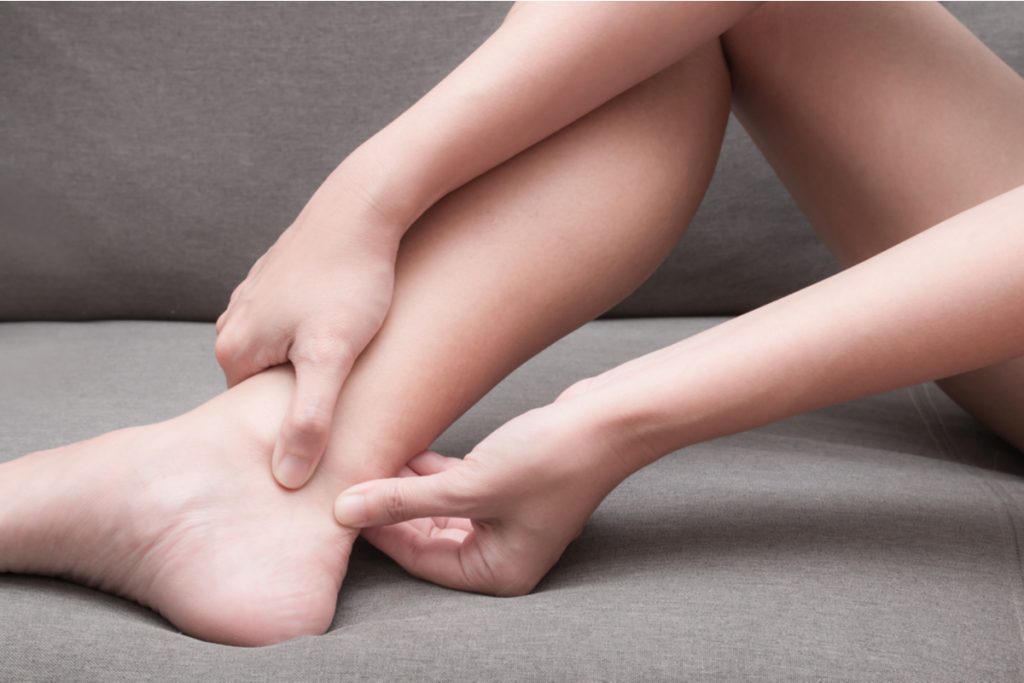
Achilles tendonitis can be a painful occurrence that takes time to heal. Our Achilles tendon can be injured or become strained in various circumstances, causing a lack of mobility and disruption to our everyday activities. Tendonitis is typically characterized by soreness and stiffness that gradually worsens over time if not appropriately treated.
Our tendons are made of intertwined collagen fibers. A damaged or torn Achilles tendon can be problematic in that as it heals, these fibers tend to get stuck together, resulting in scar tissue instead of healthy and robust collagen. This scar tissue makes the tendon less likely to heal completely, which keeps it compromised and more easily damaged in the future.
Initial Reaction
If you feel any tenderness, stiffness, or pain in your Achilles tendon, your first plan of action should be to rest it. Resting will reduce the stress on the area and help it begin to heal. There is medical evidence suggesting that the tendon’s damage begins before feeling any pain, making your quick action even more vital to reducing further damage. Resist the notion to push through the tightness and pain as increasing your activity will only aggravate the tendon further and cause more significant problems.
Treatments
A range of treatments exists for healing tendonitis in the Achilles. Physiotherapists may use a conventional approach such as massage, friction massage, and ultrasound to address the tendon’s tightness and stiffness. Icing the tendon after any exercise or therapy is also recommended to help keep inflammation at a minimum.
The most effective treatments of Achilles tendonitis include stretching and strengthening the tendon’s posture and supporting muscles. Strengthening of the area can promote healing in the tendon as it is relieved of stress and tension. Reduction in pressure on the Achilles can help prevent further collagen damage and scaring.
Eccentric Exercises
You can stimulate the synthesis of new collagen formation and alignment by consistently practicing eccentric stretching exercises. These stretches lengthen the muscle-tendon unit by applying constant pressure to it. Eccentric exercises work the opposite way of concentric exercise, where the muscle-tendon unit shortens.
Orthotics Designed To Help
You may also include an ankle and foot orthotic into your Achilles tendonitis treatment plan. These specialized orthotics are designed to stretch and lengthen the ankle’s muscle-tendon overnight, managing the tendon’s stress and pressure. Orthotics can support your ankle and prevent motion ranges that can add further damage to the tendon, and promote healing through constant and consistent stretching.
For innovative ankle and foot orthotics that will help you treat Achilles tendonitis, contact FirstCare Orthopaedics and get back to being active faster.



